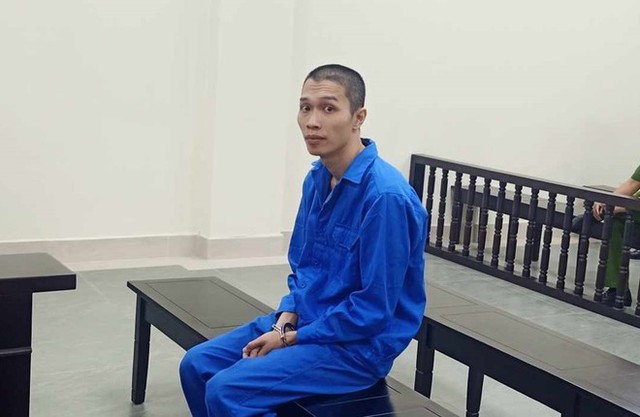# The Game of Bài Cào: A Deep Dive
Bài cào, also known as "Three Cards," is a popular traditional card game in Vietnam. It is often played in casual gatherings and festive occasions, attracting both seasoned players and newcomers. This article will explore the game's rules, strategies, cultural significance, and its growing popularity in the digital age.
## Overview of Bài Cào
### 1. What is Bài Cào?
Bài cào is a Vietnamese card game played with a standard deck of cards. Players are dealt three cards and compete to create the best combination. The game is primarily based on chance, but strategic decision-making can significantly affect the outcome.
### 2. Rules of the Game
To play bài cào, a total of 2-6 players gather around a table. The objective is to have the highest total points from three cards. Here are the fundamental rules:
- Each player receives three cards from a shuffled deck.
- The values of the cards range as follows:
- Ace (highest value): 1 point
- 2-10: face value in points
- Jacks, Queens, Kings: 10 points each
- Players combine their cards in hopes of achieving high-point combinations or securing a winning hand.
### 3. Point Calculation in Bài Cào
The scoring system in bài cào is unique. The total point value is calculated by summing the points of all three cards. Here’s how it works:
- If the total exceeds 10 points, only the last digit is counted. For example, if a player has cards totaling 15 points, they would only have 5 points for that round.
- Special combinations, such as "three of a kind" or "two pair," can enhance a player's chances of winning.
## Strategies for Winning at Bài Cào
### 4. Understanding Card Values
Knowing card values and their potential combinations is key to success. Players must memorize the values of special combinations to make educated decisions during gameplay.
### 5. Reading Opponents
In any card game, being able to read your opponents can provide an advantage. Pay attention to their betting patterns, facial expressions, and body language to gauge their confidence levels.
### 6. Managing Your Bankroll
One of the most critical strategies in bài cào is managing one's finances. Set limits for how much you are willing to wager and stick to them. Avoid chasing losses, as this can lead to poor decision-making.
## Cultural Significance of Bài Cào
### 7. A Tradition Rooted in Vietnam's Heritage
Bài cào has been a staple in Vietnamese culture for many years. It often serves as a social bonding tool during celebrations such as Tết (Lunar New Year) and weddings. Families gather to play, share stories, and create joyful memories.
### 8. The Role of Luck and Fate
In Vietnamese culture, luck plays an integral role in many traditions, including card games. Bài cào serves as a reminder of the fickleness of fate, encouraging players to embrace both wins and losses with grace.
## Bài Cào in the Digital Age
### 9. Transition to Online Play
With the rise of digital gaming, bài cào has made its way onto various online platforms. This transition allows players to connect with others regardless of geographical boundaries. Online versions replicate the traditional game's essence while offering added features like real-time chat and leaderboards.
### 10. Security and Fair Play
One of the primary concerns with online gaming is ensuring fair play and security. Reputable online gaming platforms implement robust security measures to protect users and maintain the integrity of the game.
## Conclusion
Bài cào is more than just a card game; it represents a rich cultural heritage cherished by many in Vietnam. Whether played casually among friends or competitively online, its appeal lies in the blend of luck and strategy, celebration of fate, and the joy of camaraderie. Understanding the game, its strategies, and its cultural importance can enrich your experience, making every round a memorable one. As it continues to evolve in the digital landscape, bài cào remains a vibrant part of Vietnamese life. Embrace the game, whether in person or online, and enjoy the thrill it brings!









Đăng thảo luận